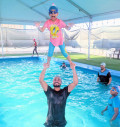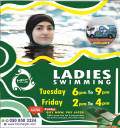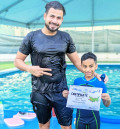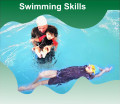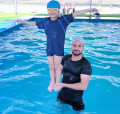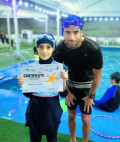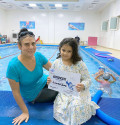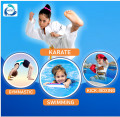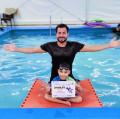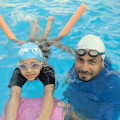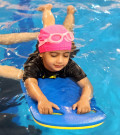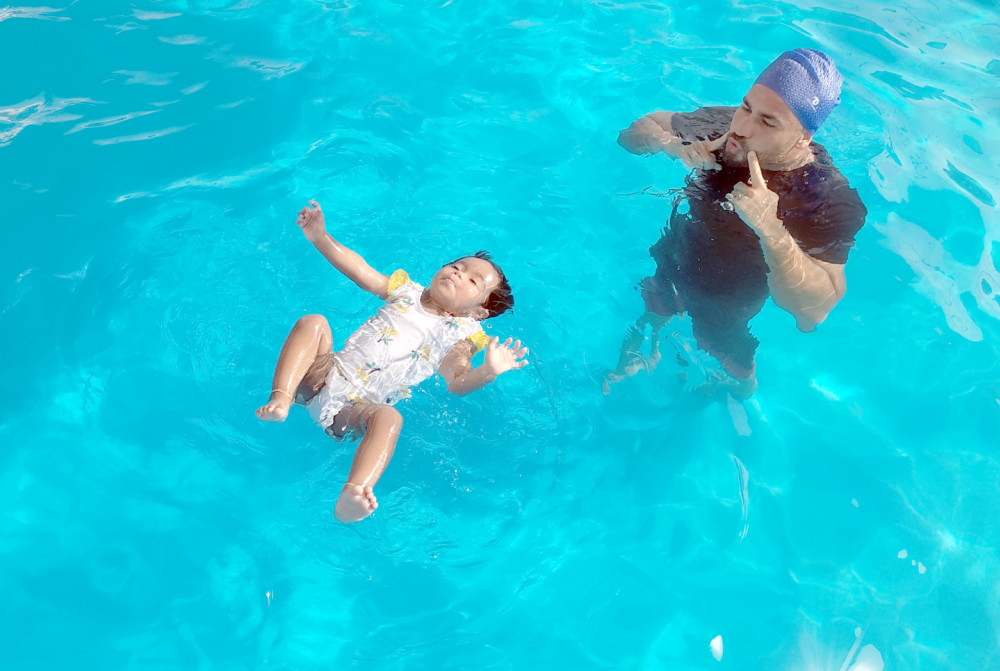
Introducing a 2-year-old baby to swimming can be a rewarding and fun experience
2023-08-31 - swimmingIntroducing a 2-year-old baby to swimming can be a rewarding and fun experience, but it's important to prioritize safety and comfort. Here are some tips to consider if you're planning to introduce a 2-year-old to swimming:
Safety First: Always prioritize safety. Ensure that you're in a controlled environment, such as a shallow pool or a designated baby/toddler pool, where the child can stand comfortably. Never leave the child unattended near water.
Start Slowly: Begin with short sessions in the water. A 2-year-old might have a limited attention span, so keep the initial sessions brief and positive. Gradually increase the duration as the child becomes more comfortable.
Choose a Warm Pool: Babies and toddlers are sensitive to temperature changes. Opt for a pool with warm water to keep the child comfortable.
Use Swim Diapers: Make sure the child is wearing swim diapers to prevent any accidents in the water.
Floatation Devices: You can consider using age-appropriate floatation devices such as swim vests or arm floaties. These can help the child feel more secure and provide some extra buoyancy.
Parental Presence: Have a parent or caregiver in the water with the child at all times. This helps the child feel secure and builds trust in the water.
Play and Positive Reinforcement: Make the experience enjoyable by incorporating games, toys, and songs. Positive reinforcement and praise can help the child associate swimming with fun.
Blow Bubbles: Encourage the child to blow bubbles in the water. This can help them get used to the sensation of water on their face.
Submersion: Gradually introduce the child to water submersion, starting with small splashes and progressing to gentle dips. Always ensure the child is comfortable and not forced into any activities.
Listen to the Child: Pay attention to the child's cues. If they seem uncomfortable or distressed, take a step back and try again later.
Routine and Consistency: Establish a routine for swimming sessions. Consistency can help the child feel more at ease in the water over time.
Stay Positive: Keep the atmosphere positive and encouraging. If the child seems hesitant, don't force them. It's essential that they have a positive association with swimming.
Remember that every child is unique, and their comfort levels and readiness for swimming will vary. Some children take to water easily, while others might need more time to adjust. The key is to create a safe and enjoyable environment that allows the child to explore and build confidence in the water at their own pace. If you have any concerns about introducing your child to swimming, consider consulting with a pediatrician or a swim instructor who specializes in teaching young children..







.jpg)















































